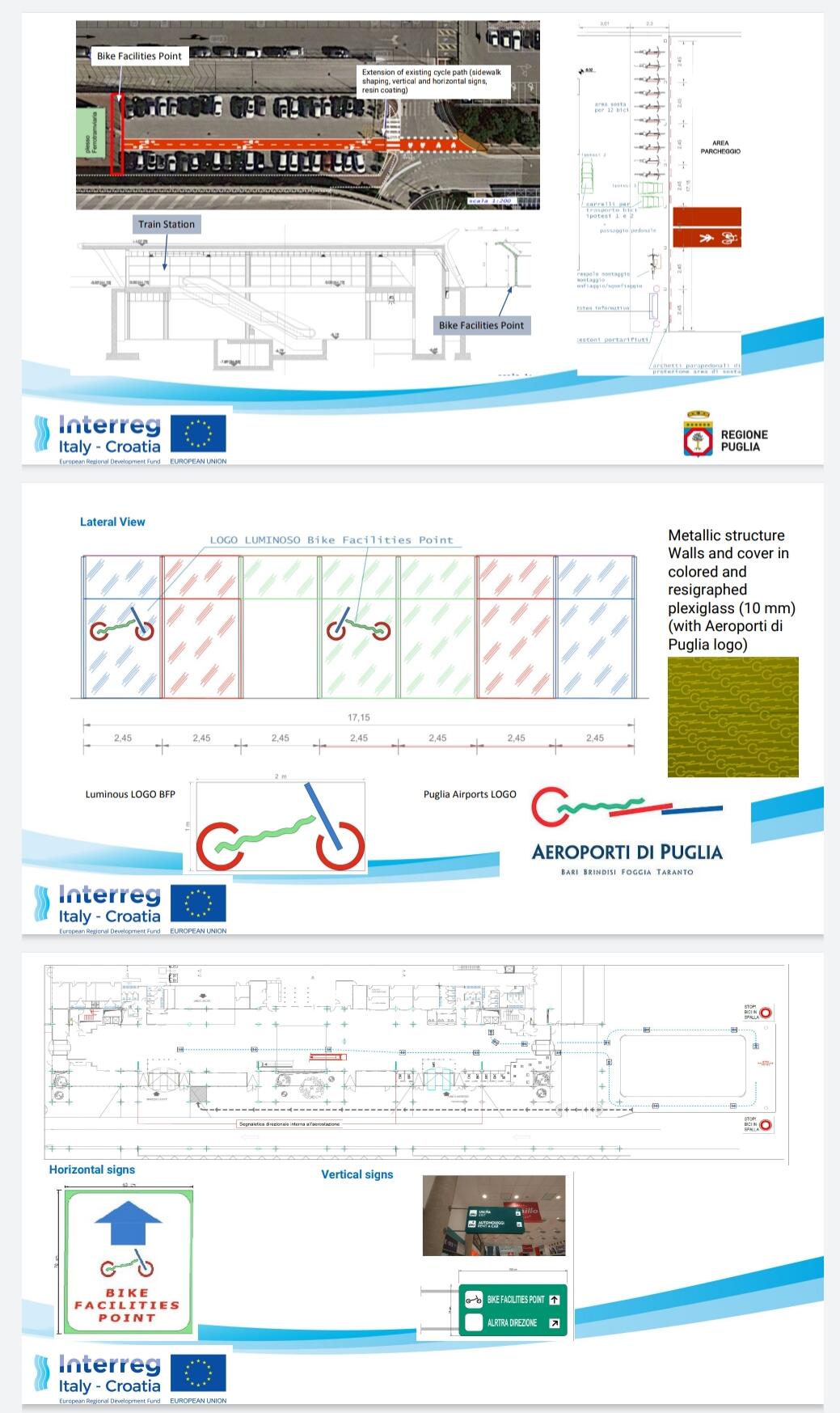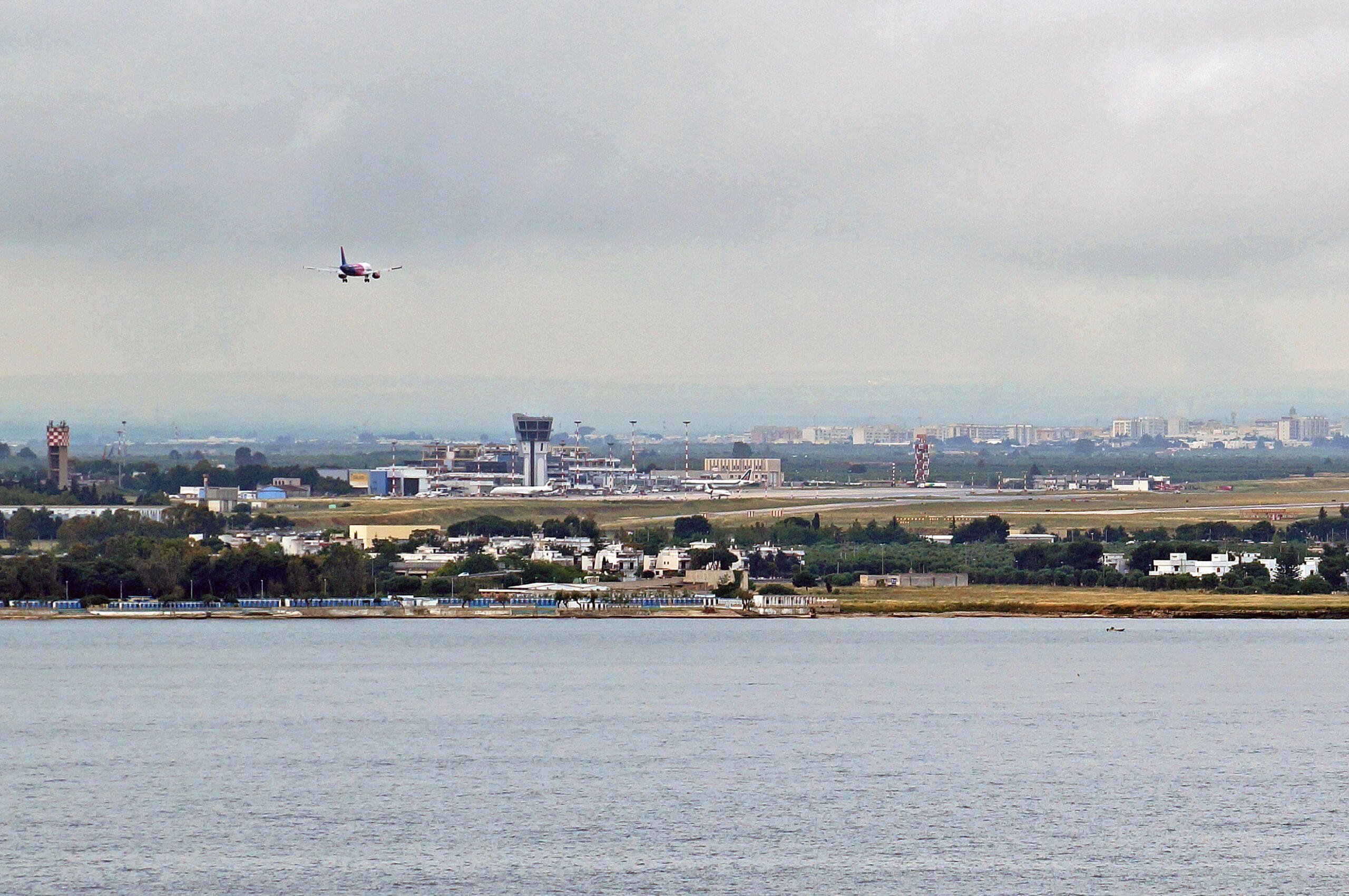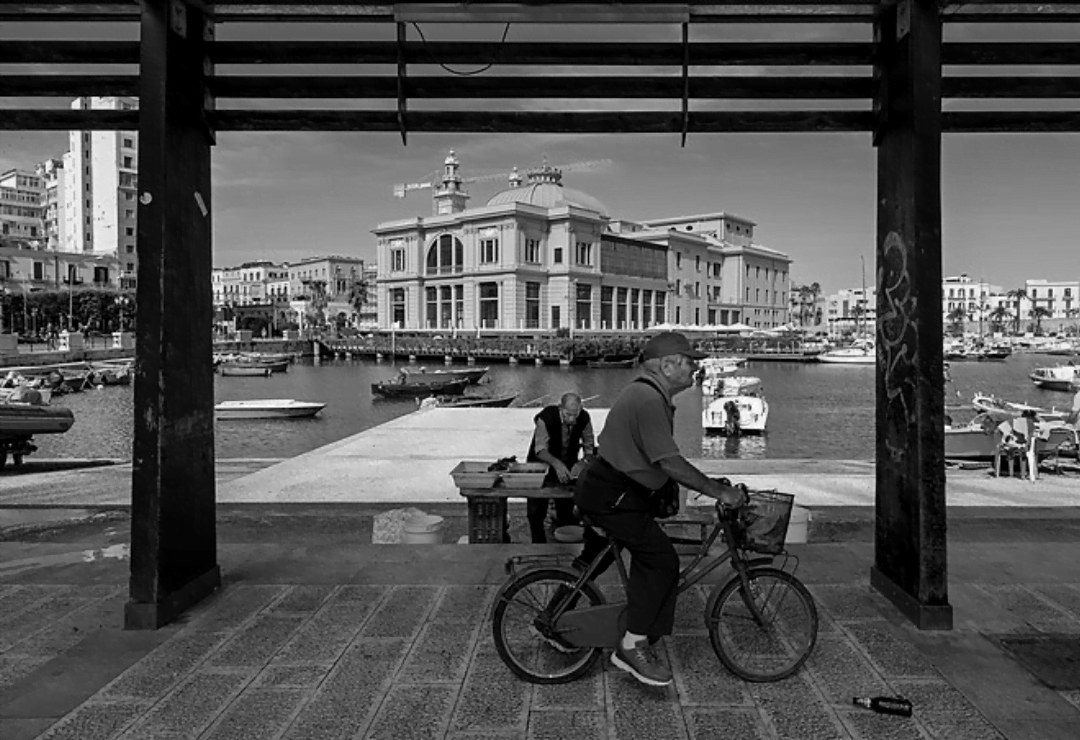Puglia reveals plans for more bicycle-friendly infrastructure in the region
Through the Interreg MIMOSA project, Puglia will be launching a bike facility point at Bari Airport next spring that supports the assembly and disassembly of bikes for cycling tourists travelling in the region. We asked them more about the project, what it aims to achieve and how the region is making strides in cycling-friendly policies.
 POLIS member Puglia has a big reveal: next spring, they will be launching a new service for cyclists departing from and arriving at the city of Bari's airport. Work has begun to create an equipped station for assembling and disassembling bicycles for passengers who have them in tow, along with dedicated signage towards the departures area and from the arrivals area.
POLIS member Puglia has a big reveal: next spring, they will be launching a new service for cyclists departing from and arriving at the city of Bari's airport. Work has begun to create an equipped station for assembling and disassembling bicycles for passengers who have them in tow, along with dedicated signage towards the departures area and from the arrivals area.
This initiative represents an experimental action envisaged by the MarItime and MultimOdal Sustainable pAssenger transport solutions and services project (MIMOSA for short), funded by the Interreg Italy-Croatia Program 2014-2020 and managed by the Sustainable Mobility Section of the Puglia Region, which wanted to focus on bike intermodality with other means of transport and, in this case, to the cycling accessibility of the Apulian airports.
We asked them a few questions to learn more about the project, what it aims to achieve and how the region is making strides in cycling-friendly policies.
Why did you get involved in the Interreg MIMOSA project?
The Sustainable Mobility department of the Puglia Region is involved in planning, promoting, and financing through its own or European public funds the design and implementation of infrastructure and services for sustainable mobility. This includes the use of bicycles for both day-to-day use and leisure travel. In addition, for more than two decades it has been involved in the direct management of European territorial cooperation projects on bicycle mobility and their intermodality with other means of collective transport. This has allowed us to experiment with solutions and services that have been included in the Region's planning tools, such as the Thematic Territorial Landscape Plan and the Implementation Plan of the Regional Transportation Plan, and financed through public calls for proposals with ERDF funds.
What does the project seek to achieve?
MIMOSA is a cross-border cooperation initiative funded by the Interreg Italy-Croatia 2014-2020 program that aims to: improve and diversify the cross-border passenger transport offer in the entire program area through multimodal solutions and innovative and intelligent tools; improve the accessibility of stations, ports and airports; and support low-carbon transport modes to contribute to the reduction of the environmental impact generated by transport.
By participating in this project, the Puglia Region capitalised on the results and experiences gained through participation in previous Interreg projects on cycling and intermodality and focused on the centrality of combined bicycle transport. The ultimate goal is for bicycle intermodality to become a central element of regional, metropolitan, and local mobility policies.

Plan of the bike facility assembly point at Bari Airport.
How has Puglia developed its bicycle-friendly infrastructure over the last several years?
It was precisely participating in Interreg projects over the past 20 years that gave our region the experience and expertise that led to the:
- Identification of the Bicitalia and Eurovelo routes passing through Puglia with the CYRONMED project (Interreg Archimed 2000-2006), which have been the backbone of the subsequent regional bicycle network scheme;
- Signing of a MoU in 2007 with Puglia's five rail transport companies that resulted in the introduction of free bike transportation on board regional trains;
- Draft of a regional law on cycling and a regional cycling plan, the construction of the first velostations, and the production of two 'road books' of the Adriatic Ciclovia in Puglia and the Ciclovia dei Borbone Bari-Napoli;
- Design and implementation of the Apulian Aqueduct Ciclovia. The first 20 km have already been built, but by 2026 it will total more than 160 km.
How is bicycle-friendly infrastructure supporting Puglia’s sustainable tourism?
In recent years, also as a result of Puglia's promotion and communication initiatives, there has been a great increase in attention to cycle tourism. There are a number of foreign tour operators who have discovered the region as a cycle tourism market to offer their customers for over 25 years, and a number of small local operators have sprung up in the group accompaniment, bicycle supply and assistance services sector. However, we still have room for improvement.

Image of Bari Airport
How is the Puglia region cooperating with municipalities for sustainable mobility?
Through ERDF funds, Puglia finances bicycle lanes and velostations. Italy has always been the country with the highest index of private motorisation in Europe (64%) so a lot of work will still need to be done at the cultural and technical level to decrease the modal split of private motorised transport and grow cycling.
What can other region’s learn from your approach?
The Puglia Region still needs to grow and improve. However, it is true that in the past two decades, we have been very active and dynamic on the national scene. For example, it is the only Italian region to join the Cities and Regions for Cyclists network and to participate in the Velo-City Conference every year since 2015.
What plans does the Puglia region have for the future (bike, public transport, electromobility etc)?
The region is engaged in the implementation on its own territory of the national Apulian Aqueduct and Adriatic cycle routes and in the planning of other long-distance cycle routes. It is about to publish a call for tenders to finance the purchase of city buses by municipalities and for the first time has introduced a requirement that new buses purchased be equipped with external bike racks, to encourage intermodal transport in cities. With the new ERDF Programme 2021-2027, it will fund bicycle lanes, electric buses and infomobility.
- Featured image by Jules Verne Times Two / julesvernex2.com / CC-BY-SA-4.0 - http://julesvernex2.com

